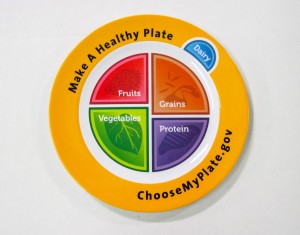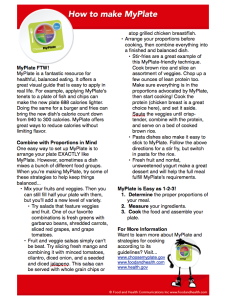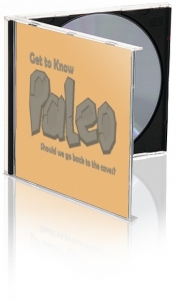Freebie Alert: This post contains a free MyPlate handout!
Does your plate look like MyPlate?
The new USDA food icon for healthful eating is much simpler to implement and understand than the older version, MyPyramid. Rather than trying to visualize the foods in a pyramid of varying composition, people simply look at their plates during meals and ask themselves whether their plates are balanced like MyPlate. With healthful portions and proportions of fruit, vegetables, protein, grains, and dairy, MyPlate offers a great way to approach eating right.
Now eyeballing those same portions and proportions just got easier.
With the new Nutrition Education Store MyPlate plastic plates, you can eat meals off of an actual MyPlate. Each plate comes printed with MyPlate, so that eating healthfully is just a matter of filling each section with foods that are good for you and that fit the MyPlate categories. And each plate is 9.5 inches, just like most real plates!
Think of the possibilities!
All the guesswork of healthful eating could be eliminated, replaced by an easy and consistent model. You could have a MyPlate party, incorporate these plates into your next cooking demonstration, offer them as a giveaway at your next health fair or event, use them in one-on-one consultations, and much more!
They are available as singles, 10 packs, and 50-pack super savers.
Your clients’ lives just got a whole lot easier.
Pick up your own MyPlates today!
Looking for more MyPlate? Check out all the options in the Nutrition Education Store! We’ve picked out some of the most popular to feature below…
And now, because we love you, here is a free MyPlate handout. Simply download it and use it as you will! It’s perfect for emails, bulletin boards, handouts, and more!










